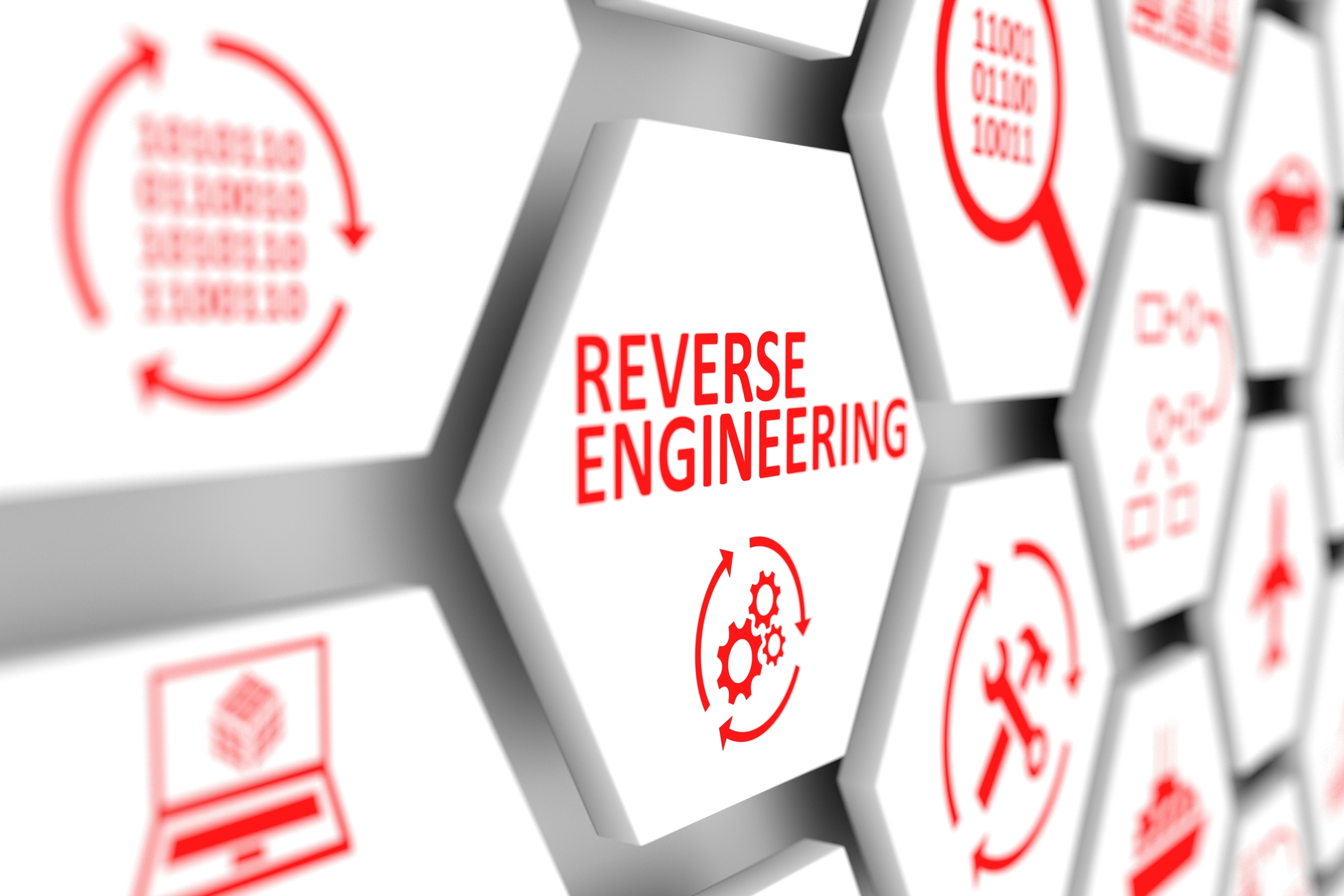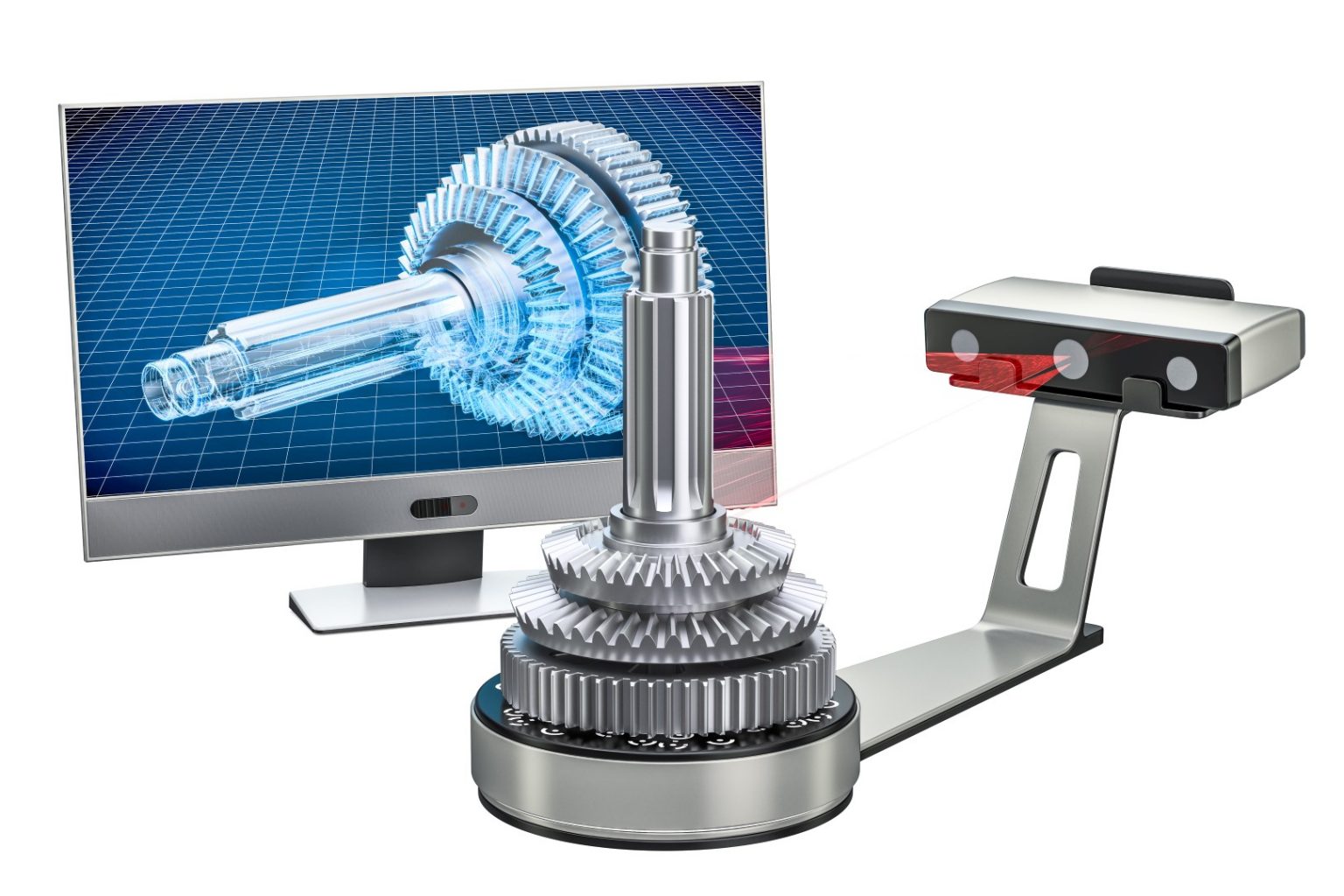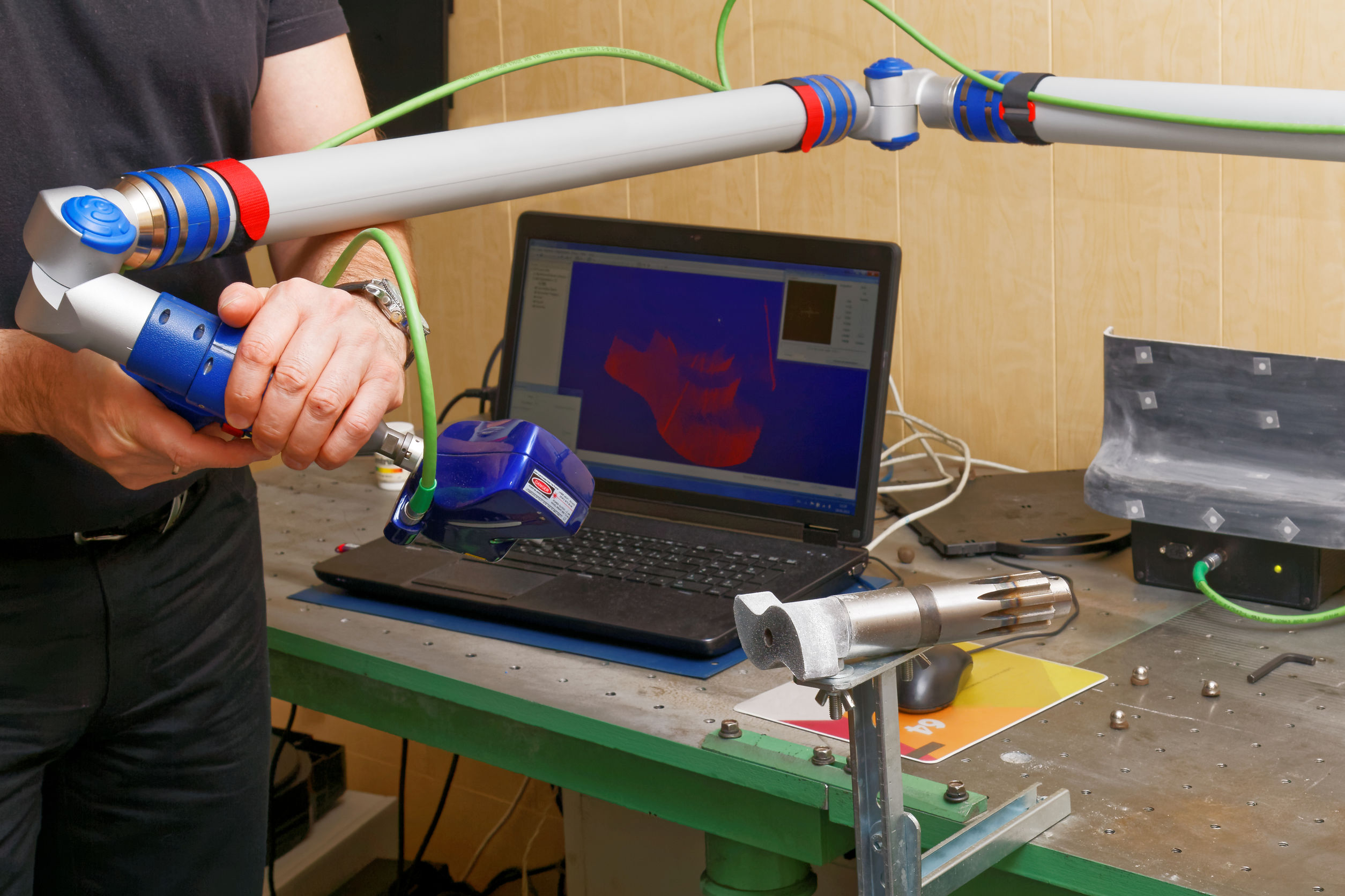Reverse Engineering for Competition

Reverse engineering is the process of examining a competitor’s product or service in order to learn how it works, identify its strengths and weaknesses, and then develop a better product or service of your own that will compete with or outcompete the competitor’s offering.

Reverse engineering can be a valuable tool for both large and small businesses. For small businesses, in particular, reverse engineering can be a way to learn from the successes and mistakes of larger, more established competitors and to develop innovative products or services that can compete with those of larger companies.

There are four general steps to reverse engineering for competition:
- Identify the product or service that you want to reverse engineer. This is the product or service that you believe has a competitive advantage over your own product or service.
- Purchase the product or service. This will allow you to examine it firsthand and to test its functionality.
- Disassemble the product or service. This will allow you to see how it is made and to identify its key components and features.
- Analyze the product or service. This will allow you to identify its strengths and weaknesses and to develop a plan for creating a better product or service of your own.
Once you have completed the four steps of reverse engineering, you will be in a position to create a competitive product or service that outshines your competitor and gain market share.
Here are some of the benefits of reverse engineering for competition:
- Gain insights into your competitor’s strategy. By reverse engineering your competitor’s product or service, you can learn about their design choices, their manufacturing process, and their marketing strategy. This information can be invaluable in developing your own competitive strategy.
- Identify opportunities for innovation. Reverse engineering can help you to identify areas where your competitor’s product or service can be improved. This information can be used to develop new products or services that meet the needs of the market better than your competitor’s offering.
- Reduce your development costs. By reverse engineering your competitor’s product or service, you can avoid the costs of developing your own product or service from scratch. This can save you a significant amount of time and money.
- Increase your market share. By creating a better product or service than your competitor, you can increase your market share and grow your business.
Reverse engineering can be a powerful tool for competition. By following the steps outlined above, you can learn from your competitors’ successes and mistakes and develop innovative products or services that will beat the competition.Reverse Engineering for Competition
Executive Summary
Reverse engineering competition can provide valuable insights into your competitors’ strategies, strengths, and weaknesses. This information can help you improve your own business strategy, identify opportunities for differentiation, and develop a competitive advantage.
Introduction
In today’s competitive business environment, it is essential to stay ahead of your competition. One way to do this is to reverse engineer their products or services. Reverse engineering involves breaking down a product or service into its component parts and studying how it works. This information can be used to develop your own products or services that are superior to those of your competitors.
FAQs
Q: What is the purpose of reverse engineering?
A: Reverse engineering is used to understand how a product or service works. This information can be used to develop your own products or services that are superior to those of your competitors.
Q: How do I reverse engineer a product or service?
A: There are many different ways to reverse engineer a product or service. Some common methods include:
- Disassembling the product or service: This involves taking apart the product or service and studying its components.
- Analyzing the product or service’s code: This involves studying the code that runs the product or service.
- interviewing customers: This involves talking to customers who have used the product or service to get their feedback.
Q: What are the benefits of reverse engineering?
A: Reverse engineering can provide many benefits, including:
- Identifying opportunities for differentiation: Reverse engineering can help you identify opportunities to differentiate your products or services from those of your competitors.
- Developing a competitive advantage: Reverse engineering can help you develop a competitive advantage by giving you insights into your competitors’ strengths and weaknesses.
- Improving your own business strategy: Reverse engineering can help you improve your own business strategy by giving you insights into the latest trends and technologies.
Subtopics
Product Development
Product development is the process of creating new products or services. Reverse engineering can help you develop products that are superior to those of your competitors by giving you insights into their design, features, and functionality.
Important pieces:
- Design: The design of a product is one of the most important factors in its success. Reverse engineering can help you identify the design elements that make your competitors’ products successful.
- Features: The features of a product are what make it unique. Reverse engineering can help you identify the features that customers want most.
- Functionality: The functionality of a product is how well it works. Reverse engineering can help you identify the areas where your competitors’ products can be improved.
Marketing
Marketing is the process of promoting and selling products or services. Reverse engineering can help you improve your marketing strategies by giving you insights into your competitors’ target audience, messaging, and pricing.
Important pieces:
- Target audience: The target audience for a product or service is the group of people who are most likely to buy it. Reverse engineering can help you identify your competitors’ target audience so that you can focus your marketing efforts on the right people.
- Messaging: The messaging of a product or service is the way that it is communicated to customers. Reverse engineering can help you identify the messaging that is most effective for your competitors’ products or services.
- Pricing: The pricing of a product or service is one of the most important factors in its success. Reverse engineering can help you identify the pricing strategies that are most effective for your competitors’ products or services.
Sales
Sales is the process of closing deals and generating revenue. Reverse engineering can help you improve your sales strategies by giving you insights into your competitors’ sales process, techniques, and close rates.
Important pieces:
- Sales process: The sales process is the steps that a salesperson takes to close a deal. Reverse engineering can help you identify the steps in your competitors’ sales process that are most effective.
- Sales techniques: Sales techniques are the methods that salespeople use to close deals. Reverse engineering can help you identify the sales techniques that are most effective for your competitors’ products or services.
- Close rates: The close rate is the percentage of sales opportunities that are closed. Reverse engineering can help you identify the factors that contribute to your competitors’ high close rates.
Customer Service
Customer service is the process of providing support to customers. Reverse engineering can help you improve your customer service by giving you insights into your competitors’ customer service policies, procedures, and response times.
Important pieces:
- Customer service policies: Customer service policies are the rules and procedures that govern how a company interacts with its customers. Reverse engineering can help you identify the customer service policies that are most effective for your competitors’ products or services.
- Customer service procedures: Customer service procedures are the steps that employees take to resolve customer inquiries and complaints. Reverse engineering can help you identify the customer service procedures that are most effective for your competitors’ products or services.
- Response times: Response times are the amount of time it takes a company to respond to customer inquiries and complaints. Reverse engineering can help you identify the response times that are most effective for your competitors’ products or services.
Operations
Operations is the process of managing a business day-to-day. Reverse engineering can help you improve your operations by giving you insights into your competitors’ operating procedures, efficiency, and productivity.
Important pieces:
- Operating procedures: Operating procedures are the rules and procedures that govern how a business operates. Reverse engineering can help you identify the operating procedures that are most effective for your competitors’ products or services.
- Efficiency: Efficiency is the ability to produce a desired output with the minimum amount of input. Reverse engineering can help you identify the areas where your competitors’ operations are most efficient.
- Productivity: Productivity is the rate at which a business produces goods or services. Reverse engineering can help you identify the factors that contribute to your competitors’ high productivity.
Conclusion
Reverse engineering competition can provide valuable insights into your competitors’ strategies, strengths, and weaknesses. This information can help you improve your own business strategy, identify opportunities for differentiation, and develop a competitive advantage. By following the tips outlined in this article, you can reverse engineer your competition and gain a significant advantage in the marketplace.
Keywords
- Reverse engineering
- Competition
- Product development
- Marketing
- Sales
- Customer service
- Operations
